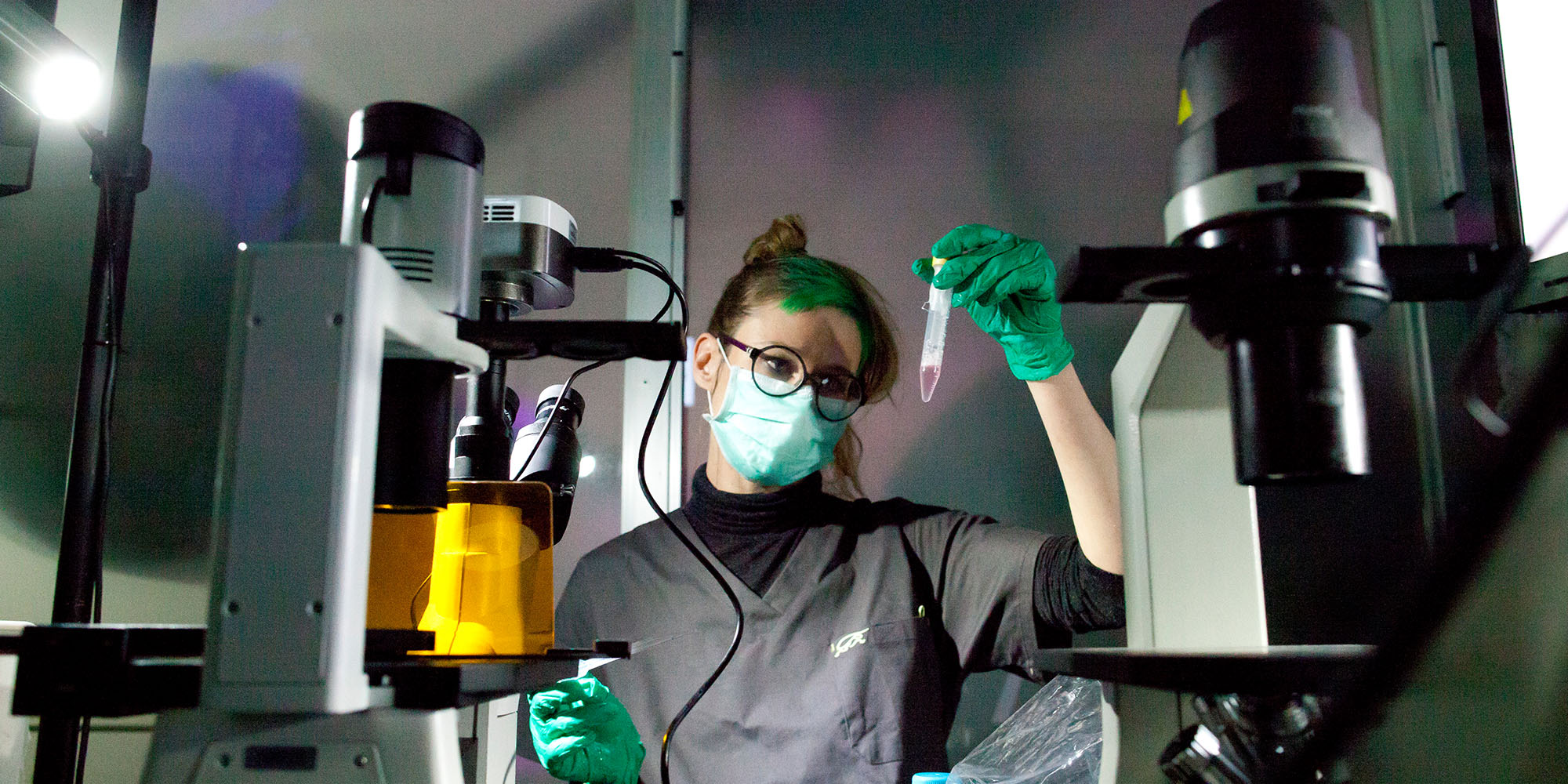by Rainald Schumacher
We get started with the third round of the ArtScience Residency enabled by the Art Collection Deutsche Telekom. For that Office for Art director and independent curator Rainald Schumacher met artist Špela Petrič, the winner of the 2023 residency for an interview.
Your ArtScience Residency for this year will be an integral and substantial component of a broader long-term interdisciplinary process – AIxxNOSOGRAPHIES. What is actually the intention and the timeframe of the overall project?
Špela Petrič: What interests me as an artist are the ways in which technologies shape our understanding of the world and ourselves. While we might be acutely aware of how we have become dependent on internet platforms over the past 20 years, similar technologies are being deployed in other areas of society that are more hidden from view. AIxxNOSOGRAPHIES is an art-research framework looking into advanced automation in healthcare using hybrid and artistic methodologies with the intention to reveal their use to a wider public and speculate on possible futures. Even though I’ve worked with machine learning and AI in previous projects, the field of medicine poses specific challenges which require time, the help of various experts and patience to address. With this in mind, AIxxNOSOGRAPHIES begins with a two-year research and mapping-oriented phase and will be followed by artistic interventions in the next years based of what we will have learned.
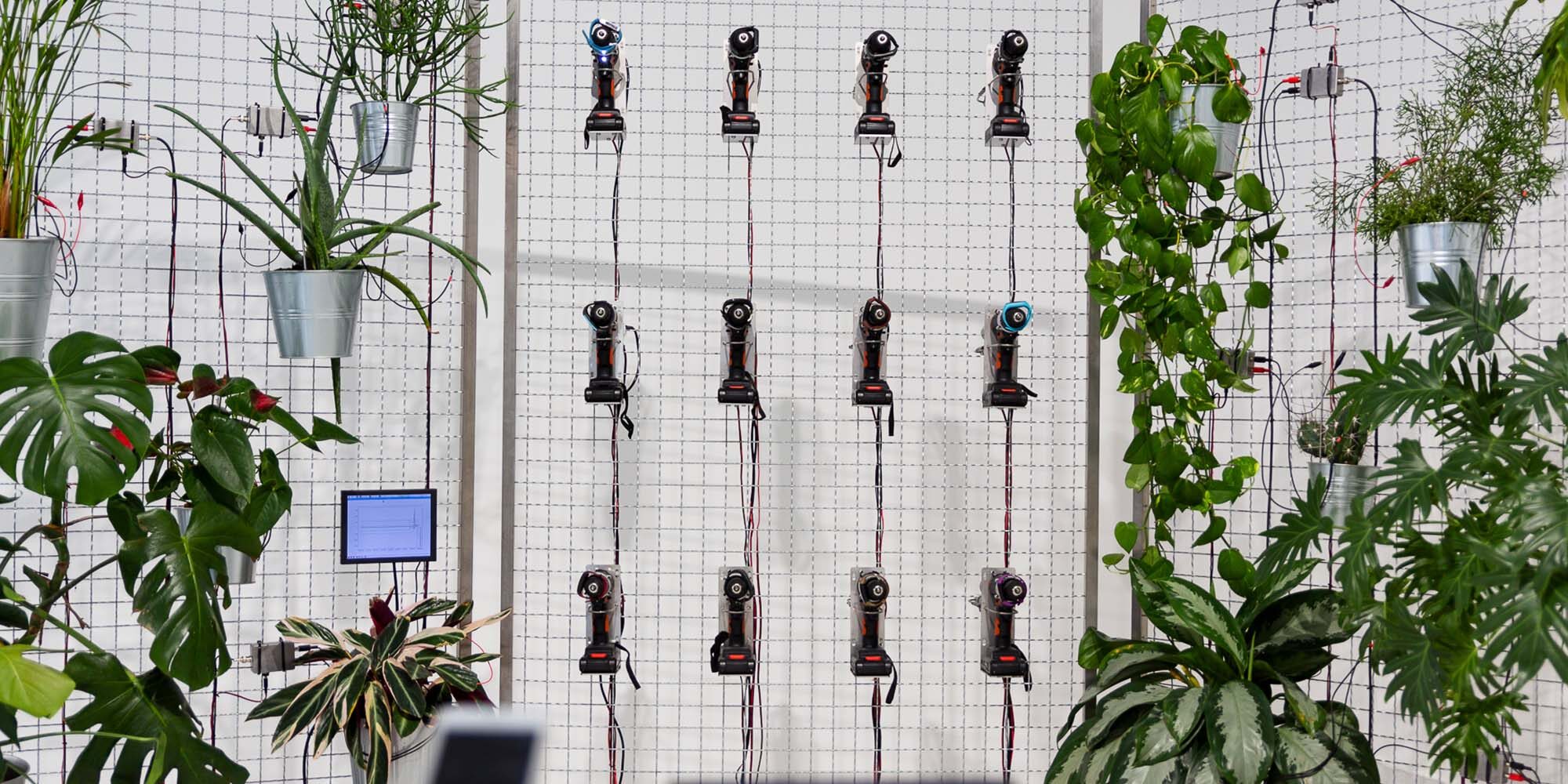
Together with Studio Teratope, led by you, there are quite some stakeholders involved.
Špela Petrič: Indeed, interdisciplinary collaboration is key, especially when addressing a field where human autonomy, privacy and integrity are at stake. Aside from Deutsche Telekom and Ars Electronica, the main partners are Sustainable AI Lab Bonn led by Prof Dr Aimee van Wynsberghe and the surgical team of Prof Dr Kalff at the University Hospital Bonn who utilizes surgical robots. A little later we also got the opportunity to collaborate with the ELSA AI Lab Northern Netherlands, a consortium investigating the ethical, legal and societal implication of AI use in healthcare. Taken together the partners have expertise and practices that encompasses a wide range of aspects of AI implementation, which is crucial for getting an extensive grasp on the field.
You mention a broad definition of care – a rather ontological state of our existence and coexistence.
Špela Petrič: One of art’s prerogatives is to instigate estrangement that allows us to see mundane things anew. For instance, I set out to compare the “automation of care” in greenhouses and medical centres. Of course, vegetables and people are ontologically very different, but the task challenges us to think about the assumptions we have about technologically-mediated care in relation to different bodies, which is especially relevant at a time when we are (re)discovering our dependency on environmental agents. Care as an existential necessity takes into account the web of relations we are implicated in.
For increasing knowledge about the use of AI in general and also specifically in the area of health care practises, you are working with ‚performative ethnographies‘ as public events. What form could this take during Ars Electronica?
Špela Petrič: Performative ethnographies are site-specific participatory events, during which the public engages in ethnographic observation of hidden, complicated or contested spaces in order to bring forth the multiple perspectives that shape attitudes towards a particular phenomenon.
While we have not made any arrangements yet, we hope to visit the hospital in Linz during the Ars Electronica Festival 2023 to discover the infrastructures and automation that are essential for sustaining the medical center.
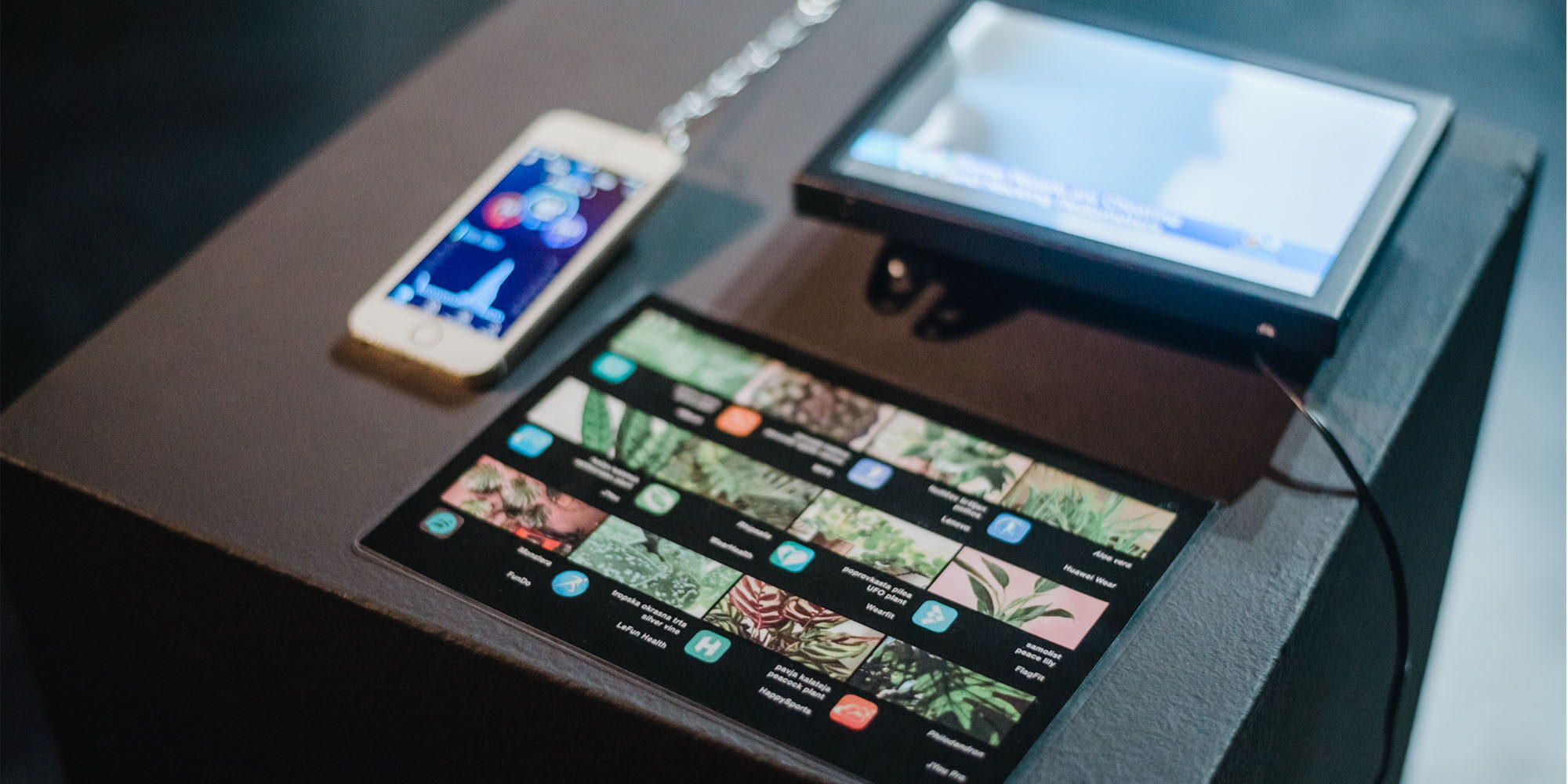
There is a plan for a visual cartography, what we might see on this map?
Špela Petrič: Beside the performative ethnographies and their documentation, one of the outputs of the residency will be a series of maps inspired by Kate Crawford and Vladan Joler’s Anatomy of an AI System, but centred around the medical AI use cases with which the partners are working. We will delve into topics such as the aforementioned surgical robots as well as synthetic medical data, AI use in genetic screening, health monitoring and personal health databases.
You mention that the first phase is rather concentrated on research and mapping followed by artistic interventions to raise awareness, knowledge and competence of the audience. If we focus on the ‘Art’ part of the ArtScience Residency what is your vision for the emotional – esthetical and visual – sensual experience of your ‘works’ we might see at the Ars Electronica in September in Linz?
Špela Petrič: I think the key is to grasp the project as a whole and as a hybrid of disciplines, which cannot be neatly disentangled into artistic and scientific qualities. Rather, the audience will be privy to the artefacts of an extensive artistic research and the narratives that will emerge.
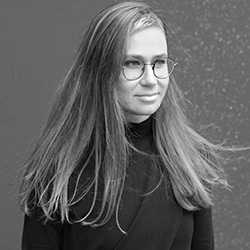
Špela Petrič is a Slovenian Ljubljana and Amsterdam based new media artist who has been trained both in transmedia art and the natural sciences. She holds a PhD in biology, currently an art-sci postdoc researcher at the Vrije Universiteit Amsterdam. Her artistic practice combines sciences, biomedia, and performance to critically examine the ontological and epistemological underpinnings of our (bio)technological societies. Her work has been shown at many festivals, exhibitions, and educational events (Centre Pompidou (FR), Abandon Normal Devices (UK), Nam June Pike Museum (KR), DesignSight 21_21 (JP), ZKM (DE), Modern Gallery (SI), Ars Electronica (AT)…)
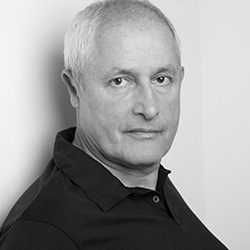
Rainald Schumacher is an independent curator and director at office for Art (OfA) in Berlin. He worked as a studio manager for Gerhard Richter and at gallery Barbara Gladstone in New York and Esther Schipper in Berlin. As chief curator for the private Goetz Collection in Munich, he was responsible for the exhibition programme, the publications, and the management. At Bundeskunsthalle in Bonn he realized exhibitions with Liam Gillick and Thomas Schütte. From 2013 to 2017 he was artistic director of the City Gallery in Kyiv. Since 2009 he collaborates with Nathalie Hoyos as Office for Art. In 2015 OfA established and curated the first Art Encounters Biennial in Timișoara, Romania. In 2010 OfA initiated the Art Collection Telekom with a focus on Eastern Europe.
